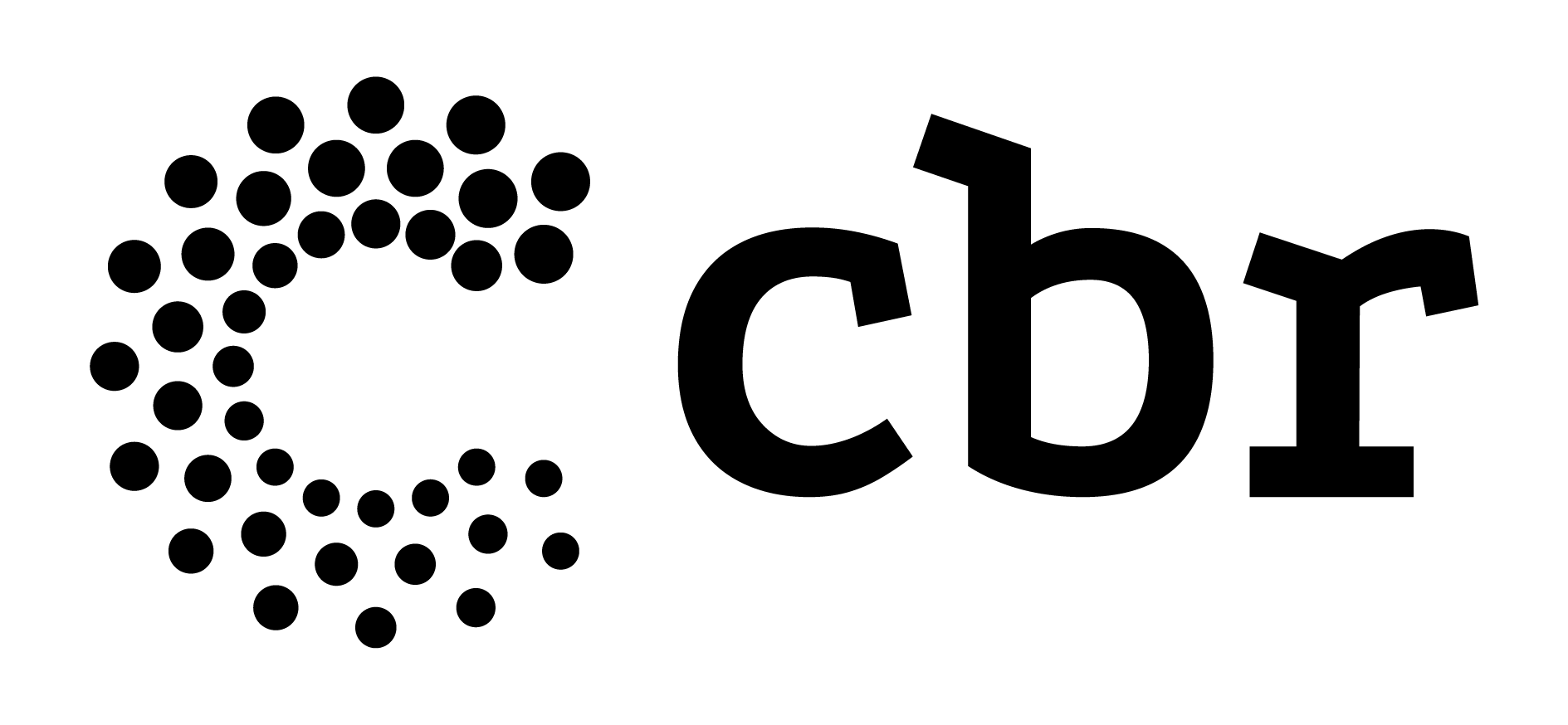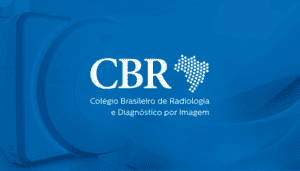The Brazilian College of Radiology (CBR), the Brazilian Society of Mastology (SBM) and the Brazilian Federation of Gynecology and Obstetrics Associations (FEBRASGO) are obliged to publish a note of clarification in response to the videos recently published in the electronic media ( Youtube), which irresponsibly disseminate distorted information about the detection and diagnosis of breast cancer. Therefore, we would like to state:
1. Breast cancer is the most common tumor among women and the leading cause of death from tumors in Brazil and worldwide. However, in Brazil, unlike developed countries, mortality from breast cancer continues to increase.
2. The cause of the continuous increase in mortality is the lack of adequate screening programs or the population's low adherence to the programs offered – mainly due to lack of information or access to distorted information, such as those recently published. It is also due to lack of access to recommended treatments in a timely manner.
3. It should be emphasized that Mammography is the only test that, when performed systematically from the age of 40 on asymptomatic women, is proven to lead to a reduction in mortality from breast cancer. This was demonstrated through large studies carried out in more than 500,000 women, with a reduction in mortality ranging from 10% to 35% being observed in the group of women submitted to screening in relation to those who were not submitted.
4. Thus, the main medical societies in Brazil and in the world are unanimous in recommending mammographic screening for asymptomatic women, starting from the age of 40 or 50 (depending on the country), with an annual or biennial periodicity (also varying in some countries). In Brazil, medical societies recommend annual mammographic screening for women between 40 and 75 years old.
5. The self-examination detects the tumor when it is already in an advanced phase, not having a study that proves any benefit for the reduction of mortality, and should not be adopted as a tracking method.
6. The risk of radiation-induced cancer is extremely low, taking into account the radiation doses involved in each examination. And there is no study that demonstrates that the risks exceed the benefits, in the recommended age group.
7. Quoting absurdities such as “a biopsy leads to the development of cancer” is beyond the understanding of any doctor with the least knowledge in the oncology area.
Thus, the indignation is why many women who watch these videos may consider not having a mammogram. And that could mean losing the chance of detecting the breast tumor at an early stage, in which the possibility of a cure and less aggressive treatments can be offered.
National Mammography Commission – Brazilian College of Radiology and Imaging Diagnosis, Brazilian Society of Mastology, Brazilian Federation of Gynecology and Obstetrics Associations.
São Paulo, April 15, 2019
Click here and download the clarification note




